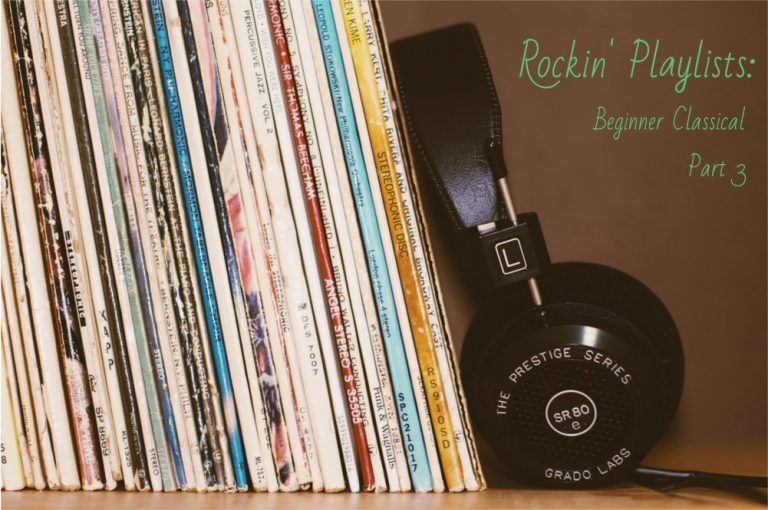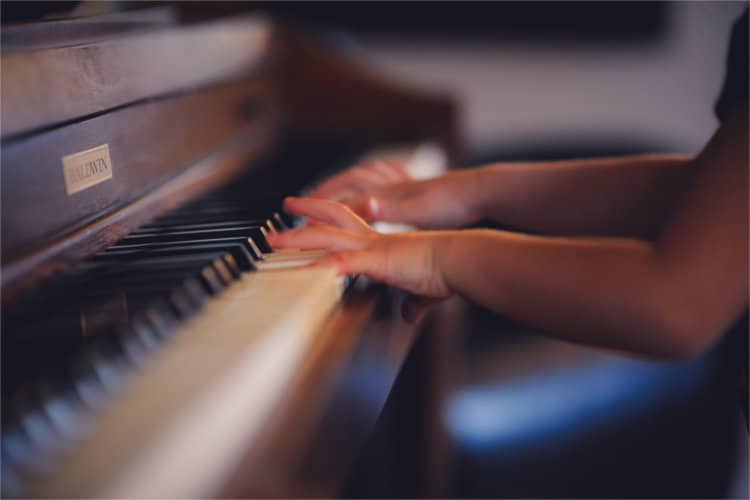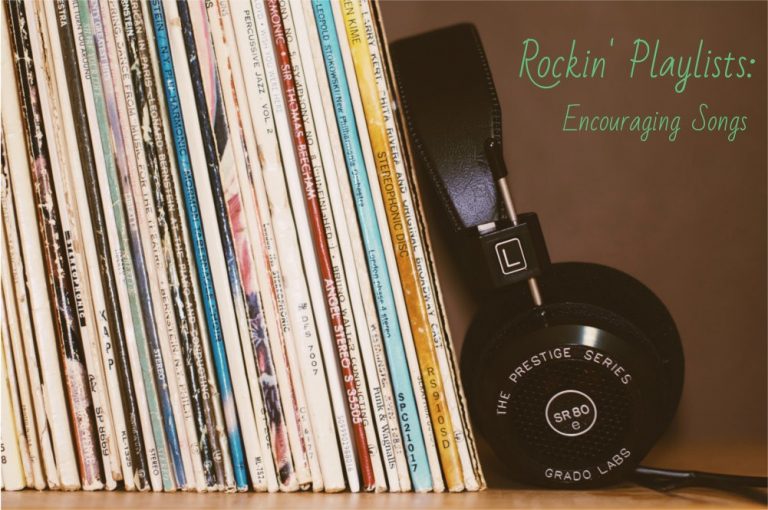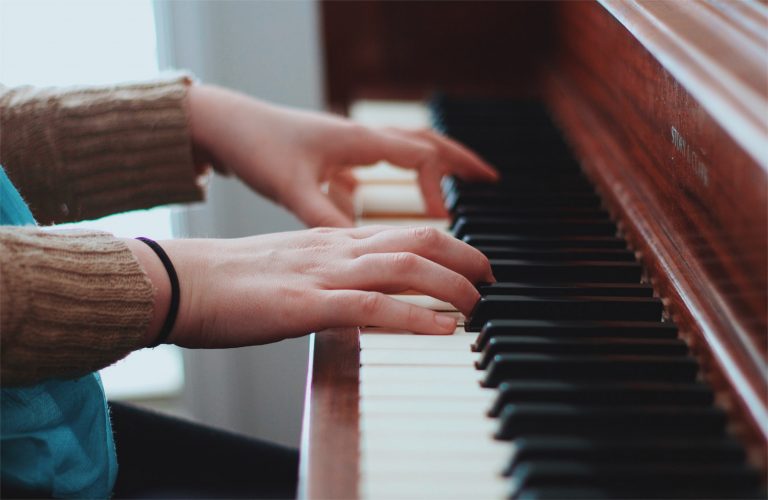10 Easy Practice Tips for Beginners
Practicing takes practice – it’s true! Practicing also must be taught. The unspoken question for beginning piano students is “How do I practice?” Here are some easy tips to help!
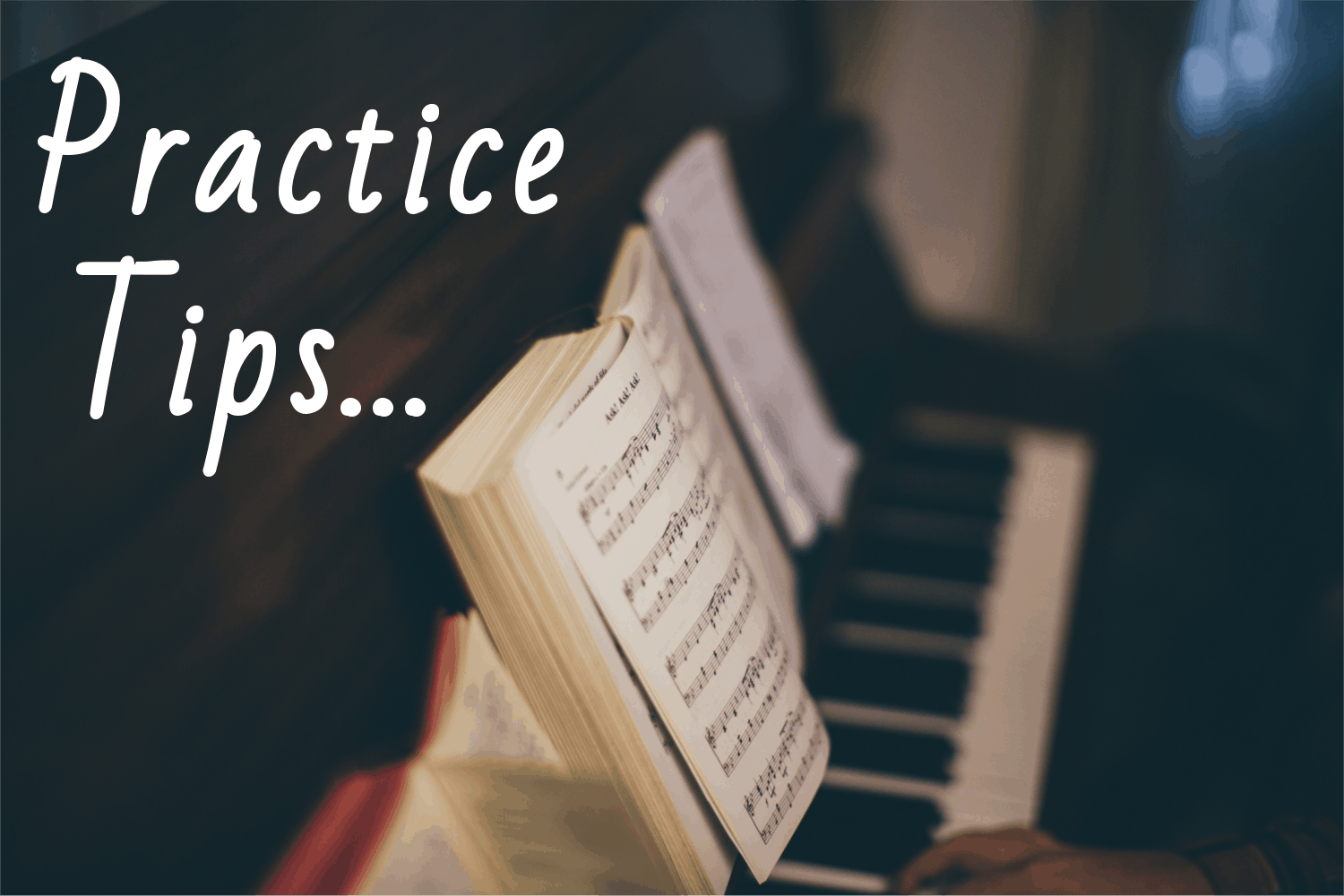
1. Schedule consistent daily practice times.
First of all, practicing needs to be daily and consistent. For some students, this may mean one chunk of time after school or in the evenings. Some students may need to break up their practice time into smaller intervals throughout the day like in the morning in addition to the evening. As long as practice routine is established and followed, it will help!
2. Keep a practice journal.
Although we already do this in our lessons, I cannot stress the importance of this enough! I strongly recommend keeping a practice journal that requires parent accountability by signature, especially for young students or students who are struggling to practice. Sometimes creating a routine is difficult for these students, and they may need a gentle push by getting the grown-ups in their lives involved in keeping them accountable.
3. Practice hands separately.
This is another very common practicing technique for students. It really helps with those passages that students may be struggling in coordinating hands together or executing rhythms correctly. Isolate passages using hands separately. As a result you help cut back on multitasking which allows you to concentrate on more specific problems.
4. Slow things down!
If students are struggling with something, slow it down! This may seem pretty straight forward, but you’d be surprised how difficult it is for students to utilize this practice method. They always want to play quickly!
5. Change up the rhythm.
If students are working on a tricky passage that they can’t seem to wrap their fingers around (Haha!), changing up the rhythms can help solidify muscle memory. For example, instead of playing the written eight notes, play them as dotted rhythms, two-note slurs, sixteenths, etc. – whatever will work for that passage! This is a MIRACLE worker for some pieces!
6. Transfer the rhythm to body percussion.
This is by far my favorite under-used way of practicing. Have the student pat the right hand rhythm on their right leg and the left hand rhythm on their left hand. It really helps, I promise! This is also a great way to practice away from the instrument in a bind. Have them count or sing while they pat, too!
7. Parents, sit in on lessons.
Sometimes, students need some extra help at home. This may mean that parents need to also learn in the lesson so they can provide support during home practice. Parental involvement is a huge deal! As a result, it may provide accountability and help your student to improve all around.
8. Count, count, count!
No student enjoys counting but they need to learn how to do it! Counting and speaking rhythms provides the fundamental knowledge and experience students need to build on in the future. My first teacher didn’t require this of me, and I sure wish she had! Consequently, there were some things I had to go back and relearn because I didn’t learn how to count. Besides, counting can be fun! We can use syllables, numbers, words, anything! Just be sure you also do it at home!
9. Play on the fall board.
Ok, this is kind of an annoying practice method, but it can really help. Have your student cover the keys with the fall board/key cover and “play” the passage on the fall board. This can help with dexterity and fingering practice. You can also sing along if you can’t stand the tapping!
10. TALK TO YOUR TEACHER!
Finally, and I cannot stress this enough, if your student is struggling with practicing at home, the most important thing you can do is let me know! There are plenty of other creative things we can try to encourage them to practice, and when teachers and parents work together as a team, we can accomplish so much. Team work!
Want to learn more about how to practice well?
Check out my favorite book on practicing!
Piano Lessons Birmingham AL | Piano Lessons Vestavia AL | In Home Piano Lessons
The Art of Practicing: A Guide to Making Music from the Heart


